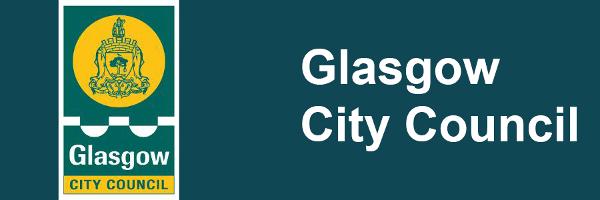Green Man Puts Best Foot Forward to Help Glasgow Suppress COVID-19
Published: 19 June 2020
A green man revolution will benefit city centre pedestrians, with twenty sets of traffic lights at busy crossing points now automated, removing the need to push the button that prompts the green man to display.
Adjustments to the traffic lights at these junctions which include Queen Street at George Square and Argyle Street at Hope Street, will ease pedestrian movement and ensure there is no need to touch equipment to cross the road.

Spaces for People
This initiative forms part of the council's Spaces for People programme which provides additional space for physical distancing in public places, to protect health and suppress a resurgence of COVID-19.
Pedestrian Benefits
The automated traffic lights will also where appropriate, be set to either minimise pedestrian waiting time or increase the duration the green man is displayed; with both adjustments made where possible.
Signage to advise pedestrians, has been affixed to street furniture to make it clear that that the crossing is automated and that there is no requirement to touch the crossing button to display the green man.
For locations where tactile cones are installed at the pedestrian crossing, these remain in operation to assist the visually impaired.
The council is also looking at locations in the city centre where the green man becomes the default setting, giving pedestrians priority over road traffic at light controlled crossings. This follows a successful trial at the junction of Queen Street and Argyle Street.
Vehicles will still be able to travel through these junctions when the lights indicate they can proceed.
Prioritise Walking
Councillor Anna Richardson, City Convener for Sustainability and Carbon Reduction, said; "Being able to cross the road more easily, and without the worry of being unable to maintain physical distancing is essential to increase public confidence as lockdown restrictions ease. Changing how traffic lights operate at some of our busiest junctions is an important step to minimise crowding on pavements and prioritise walking as a safe way to move around the city."
Physical Distancing
Supported by £3.5m funding from the Scottish Government, administered by Sustrans Scotland; the council's Spaces for People programme will see the introduction of temporary travel infrastructure in our city centre, across city neighbourhoods and on active travel routes. Footways will be widened at pinch points and also to create easier access to community facilities and public transport hubs. Temporary strategic cycling routes are also being considered, which will highlight cycling as an attractive, viable commuting choice.
Automated Traffic Lights - Locations
The pedestrian stage will now serve the following 20 city centre junctions without the need for the crossing button to be pushed:
- Hope Street / Gordon Street
- Argyle Street/ Hope Street
- Hope Street / St Vincent Street
- Renfrew Street / W Nile Street
- North Hanover Street / Killermont Street
- North Hanover Street / Cowcaddens
- Renfield Street / Renfrew Street
- Cathedral Street / N Hanover Street
- Cathedral Street / N Frederick Street
- Queen Street / George Square
- West George Street / Queen Street
- George Square / North Hanover Street
- George Square / North Frederick Street
- George Square / Cochrane Street
- George Street / Montrose Street
- High Street / Duke Street
- Lancefield Quay / Finnieston Street
- Broomielaw / Oswald Street / King George V Bridge
- Clyde Street / Jamaica Street
- Clyde Street / Stockwell Street / Victoria Bridge
The traffic lights at the junctions of Maryhill Road / Garrioch Road, and Great Western Road / Queen Margaret Drive are also now automated.




